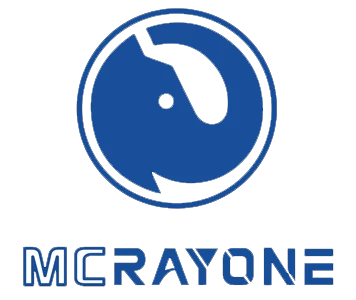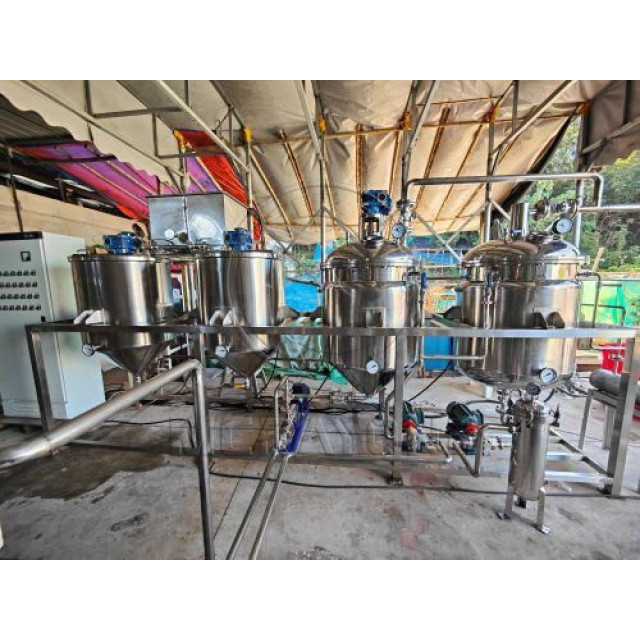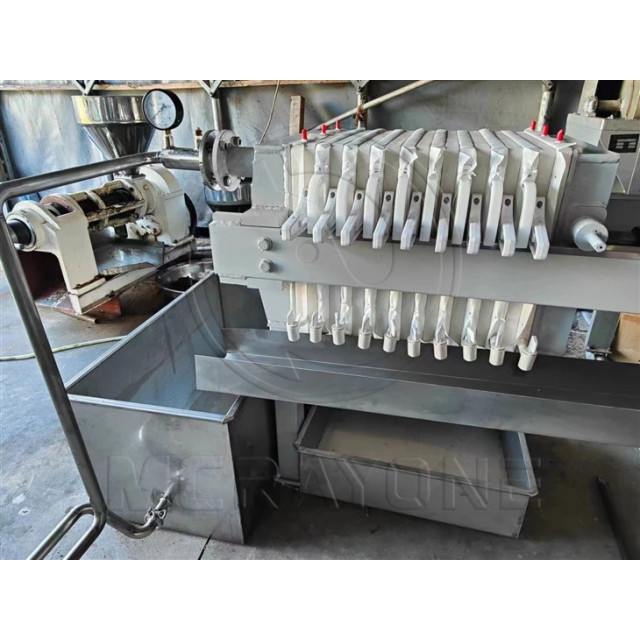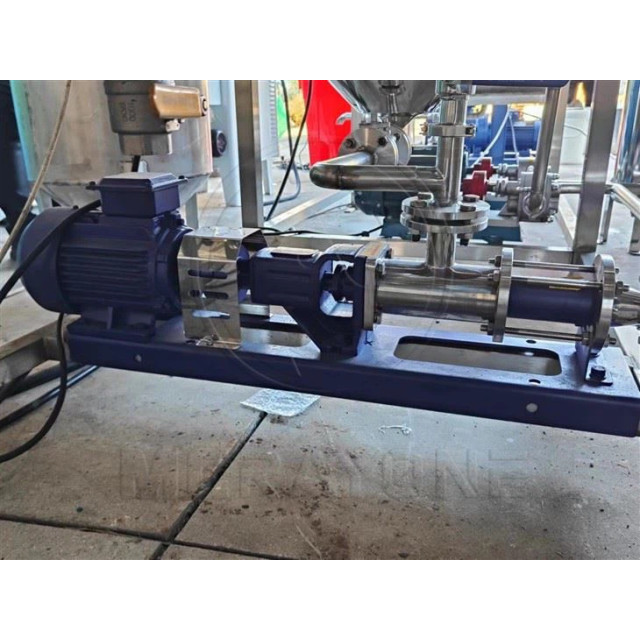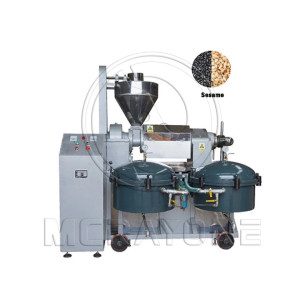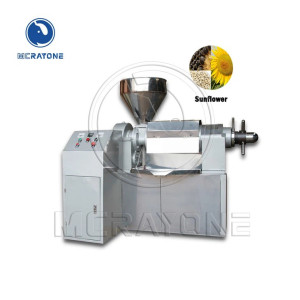The oil is extracted from the camellia seeds through the pressing process of the oil press. The initially extracted oil contains impurities such as cake crumbs, phospholipids, free fatty acids, pigments, and odor substances. These impurities cause the camellia oil to be dark and turbid, and have a certain impact on the taste and flavor of the camellia oil. And also promote oxidative deterioration of oil affects the storage of oil. These impurities will directly affect the quality of edible oil, making it prone to rancidity and deterioration. Long-term consumption will have adverse effects on human health.
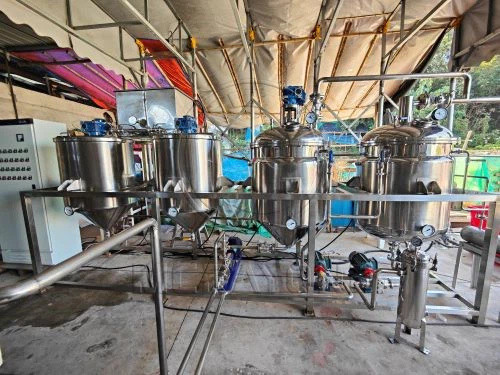
The process flow of tea seed oil refining is as follows:
Camellia seed crude oil—degumming (dephosphorization)—deacidification—dehydration—decolorization—deodorization—dewaxing—refining camellia oil
Degumming: Camellia seed crude oil contains peptidic impurities formed by phospholipids. The dephospholipids method is mainly used. The hydrophilicity of phospholipids is used to make the peptidic impurities absorb water and condense during the stirring process, and then discharge it.
Deacidification: Utilizing the principle of acid-base neutralization, add NaOH solution to the crude oil and stir to neutralize the free fatty acids to form soap stock and eliminate it to achieve the purpose of deacidification. After dephosphorization and deacidification, the oil in the tank needs to be washed with water. When the oil temperature is 80 to 85 degrees, 90-degree water is added. The remaining soap stock and NaOH in the oil are removed by utilizing the property of water being insoluble in oil.
Decolorization: Utilizing the adsorption property of white clay, after heating to remove the moisture in the crude oil, white clay is added to the crude oil to absorb the pigment, and then filtered through circulation to drain away the waste soil. This part of the reaction must require a vacuum environment and the time cannot be too long, otherwise new pigments may be produced in a high-temperature environment. After the reaction is completed, the oil color needs to be checked. Only when it is qualified can it enter the deodorization tank for deodorization.
Deodorization: Using the stripping deodorization process, direct steam is introduced into the deodorization tank, the temperature of the deodorized oil is raised to 260°C, and the odor is eliminated by utilizing the difference in volatility between crude oil and odor substances. The main thing to remove is the smell of the raw materials themselves and the smell produced during decolorization.
The tea seed oil that has gone through the above steps can generally reach the first-class tea seed oil standard required by the national standard. After being processed by the refining equipment, the camellia oil has a clear color, no impurities, no peculiar smell, and has high economic value. After passing the test, it can enter the next process and be filled and sold.
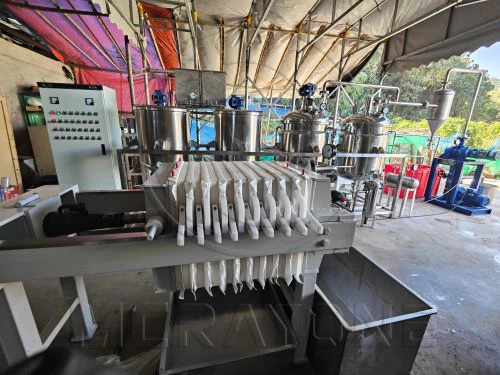
The main equipment includes dephosphorization, degumming and dehydration tanks, decolorization tanks, soap stock pots, deodorization tanks, clay tanks, crude oil tanks, filter oil pumps, plate and frame filters, air compressors, heat exchangers, thermal oil furnaces, etc. In refining first-grade tea seed oil, dewaxing operation is also required. Dewaxing equipment includes crystal culture tanks, filters, dewaxing oil tanks, refrigeration units, pipeline pumps, gears, etc.
|
Capacity |
Tanks |
Volume |
|
500kg/day |
4 |
250kg |
|
1T/day |
4 |
500kg |
|
1.5T/day |
4 |
500kg |
|
3T/day |
4 |
1.5T |
|
6T/day |
4 |
3T |
|
10T/day |
4 |
5T |
